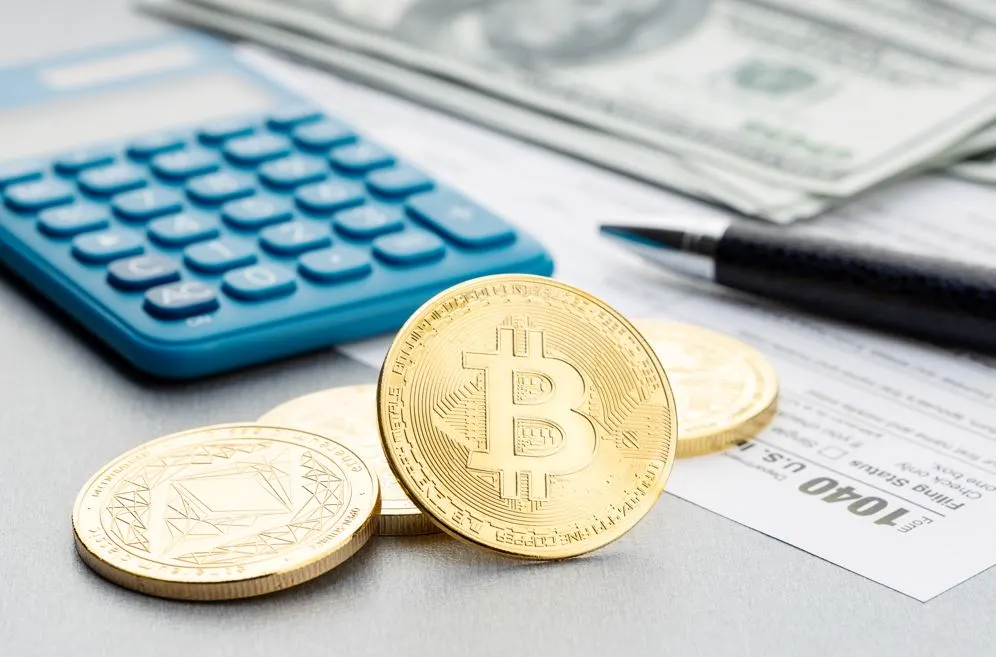Bitcoin is a decentralized digital currency that enables instant payments to anyone, anywhere in the world. It is a cryptocurrency, which means that it uses cryptography to secure and verify transactions as well as to control the creation of new units of a particular cryptocurrency. Bitcoin is the first and most well-known cryptocurrency, and it currently holds the largest market share in the cryptocurrency market. In this article, we will be discussing 7 lesser-known facts about the Bitcoin platform that may surprise you. Despite its fame, there are still many aspects of Bitcoin that are not widely known or understood, and this article aims to shed light on some of these lesser-known facts.
BITCOIN: THE MYSTERY OF SATOSHI NAKAMOTO
The true identity of Satoshi Nakamoto, the pseudonym used by the individual or group who created Bitcoin, remains a mystery. Despite various claims and attempts to uncover the identity of the person or people behind the name, their true identity has not been confirmed. This has led to much speculation and theories about who Satoshi Nakamoto may be, with some even claiming that the name is a collective pseudonym used by a group of individuals rather than one single person. The anonymity of the creator has added to the mystique and intrigue surrounding the Bitcoin platform. Some people believe that the true identity of Satoshi Nakamoto is not important, as the technology he created is what truly matters. However, it remains a subject of interest and speculation in the world of cryptocurrency.
THE FINITE SUPPLY OF BITCOIN
One of the defining characteristics of Bitcoin is that there is a finite supply of it. The total number of Bitcoins that will ever exist is capped at 21 million. This feature was built into the Bitcoin protocol by its creator Satoshi Nakamoto, as a way to combat inflation and to give the cryptocurrency a sense of scarcity similar to that of gold. This cap on the total number of Bitcoins ensures that the value of the currency should increase as demand for it increases, and as the number of Bitcoins in circulation approaches the maximum limit. This scarcity also ensures that Bitcoin can’t be debased by governments or other centralized authorities that can create new units of currency at will. This limit of 21 million is a hard cap and cannot be changed, making bitcoin a scarce digital asset.
FIRST BITCOIN TRANSACTION: THE PIZZA DEAL
One of the lesser-known facts about Bitcoin is that the first ever real-world transaction using cryptocurrency was for two Papa John’s pizzas. In May 2010, a programmer named Laszlo Hanyecz made a post on the BitcoinTalk forum offering to pay 10,000 Bitcoins for a couple of pizzas. At the time, the value of one Bitcoin was less than one cent, so 10,000 Bitcoins were worth less than $100. Another forum member, Jeremy Sturdivant, agreed to buy the pizzas and have them delivered to Hanyecz in exchange for the 10,000 Bitcoins. This transaction is considered to be the first documented purchase of a physical good using Bitcoins and has become a popular reference point in the history of cryptocurrency. Today, the value of 10,000 Bitcoins would be worth well over $ 210 million.
BLOCKCHAIN BEYOND BITCOIN
One of the key technologies behind Bitcoin is the blockchain. A blockchain is a decentralized public ledger of all Bitcoin transactions. Each block on the blockchain contains a number of transactions, and every time a new block is added to the chain, it confirms and records these transactions. This creates a chain of blocks that records every single transaction that has ever taken place on the Bitcoin network.
The blockchain allows for transparency as it is publicly accessible and allows anyone to view the entire transaction history of the Bitcoin network. It also ensures security as it is decentralized and spread across a network of computers, making it resistant to tampering and hacking. This makes it difficult for anyone to alter or corrupt the transaction history, and as every user is recording the same transaction history, it creates a consensus on the current state of the network. This feature of blockchain is not limited to Bitcoin but it is being used in various other industries as well.
CRACKDOWN ON ILLEGAL USE OF BITCOIN
In 2013, the Federal Bureau of Investigation (FBI) shut down the online black market Silk Road, which had been in operation for over two years. The website was known for accepting Bitcoins as payment for illegal goods and services, including drugs, weapons, and hacking services. The use of Bitcoins on the Silk Road allowed for anonymous transactions, making it difficult for law enforcement to trace the movement of funds on the website.
The FBI was able to shut down the website and arrest its operator, Ross Ulbricht, by tracing the movement of Bitcoins from the Silk Road’s accounts to Ulbricht’s personal accounts. This marked a significant crackdown on the use of Bitcoin for illegal activities and brought attention to the potential dangers of anonymous, decentralized digital currencies. However, it should be noted that the majority of Bitcoin transactions are legal and used for legitimate purposes.
THE VOLATILITY OF BITCOIN
Bitcoin, the first and most widely-used cryptocurrency, has seen significant fluctuations in value since its creation in 2009. In the early days, a single bitcoin was worth only a few cents. However, in late 2017, the price of bitcoin reached an all-time high of almost $20,000 per coin. This rapid rise in value attracted significant attention and investment, but it was followed by a sharp decline. In 2018, the price of bitcoin dropped by more than 50%, and it has continued to fluctuate since then. Despite these fluctuations, experts believe that bitcoin and other cryptocurrencies have the potential to revolutionize the financial industry.
In 2021, Bitcoin (BTC) reached another all-time high, with values exceeding over $65,000 in November 2021. This particular price hike was connected to the launch of a Bitcoin ETF in the United States and other events such as Tesla’s announcement of their acquisition of $1.5 billion worth of the digital coin and the IPO of the largest crypto exchange in the US. However, by the end of 2022, the market had changed, and as of January 19, 2023, Bitcoin prices were at around $20,726.84 after another crypto exchange, FTX filed for bankruptcy.
FACTORS AFFECTING ADOPTION
While Bitcoin and other cryptocurrencies have been in existence for over a decade, their adoption as a form of payment is still limited. Some companies and organizations have begun accepting Bitcoins as payment, but widespread adoption has yet to occur. This is partly due to the volatility of the value of Bitcoin and the lack of understanding and trust in the technology among consumers and merchants. Additionally, there are still legal and regulatory hurdles that need to be overcome in order for the widespread adoption of Bitcoin as a payment method.
However, there are signs that this is changing, with more and more companies and organizations starting to accept Bitcoin as a form of payment. Some businesses are choosing to accept Bitcoin as a way to tap into new markets and attract customers who are looking for a more secure and decentralized form of payment. Additionally, some countries and regions are also showing more support for cryptocurrency, which could lead to increased adoption in the future. Despite the slow adoption, the number of merchants accepting Bitcoin as a form of payment is increasing, and it’s likely that more companies will follow suit in the future.
CONCLUSION
In conclusion, Bitcoin is a revolutionary technology that has changed the way we think about money and has opened up new possibilities for the future of finance. Despite its fame, there are still many aspects of Bitcoin that are not widely known or understood. From the mystery surrounding its creator Satoshi Nakamoto to the role of blockchain technology in securing transactions, there are many lesser-known facts about Bitcoin that are worth exploring. Additionally, the limited supply of Bitcoin, the first real-world purchase using Bitcoin, the fall of the Silk Road, and the rise and fall of Bitcoin’s value are some of the key points discussed in the article. Understanding these facts can help us gain a deeper appreciation for the potential of Bitcoin and the impact it may have on the world in the years to come.





